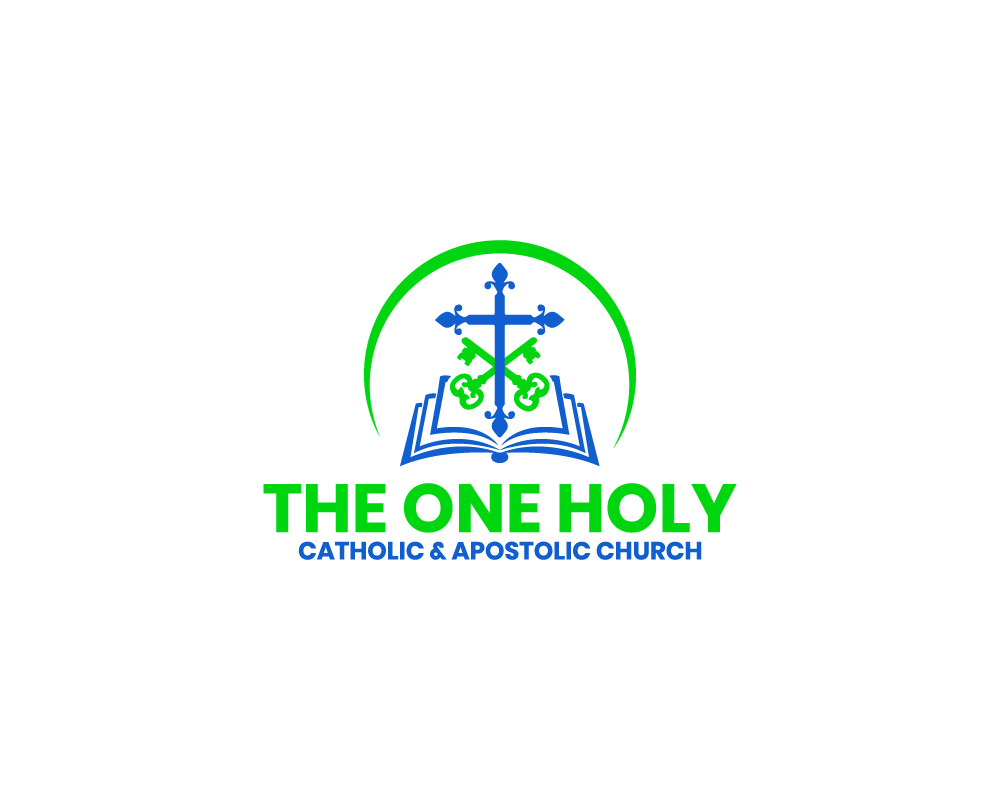The One Holy Catholic and Apostolic Church recognized the importance of incorporating Eastern Orthodox worship into Western culture while preserving the original liturgical texts. While some Eastern Orthodox liturgical texts have already been translated into English, ongoing efforts are needed to ensure the accessibility and authenticity of these translations in Western cultural settings, especially within the One Holy Catholic and Apostolic Church.
Some of the key Eastern Orthodox liturgical texts that would benefit from translation include:
- The Divine Liturgy of St. John Chrysostom: This liturgy is one of the most commonly celebrated liturgies in the Eastern Orthodox Church and is considered one of the most important liturgical texts in the church. While it has been translated into English, ongoing efforts are needed to update and improve existing translations for greater accessibility and accuracy.
- The Divine Liturgy of St. Basil the Great: This liturgy is celebrated ten times a year in the Eastern Orthodox Church and is considered one of the most ancient and solemn liturgies in the Eastern Orthodox tradition. It has been translated into English, but ongoing efforts are needed to ensure the accessibility and authenticity of the translation.
- The Liturgy of the Presanctified Gifts: This liturgy is celebrated during Lent in the Eastern Orthodox Church and is unique in that it does not involve the consecration of the Eucharist. While it has been translated into English, ongoing efforts are needed to improve and update existing translations for greater clarity and adherence to the original structure and essence of the text.
- The Liturgy of St. James: This liturgy is considered one of the oldest liturgies in the Christian tradition and is still used in the Eastern Orthodox Church today. While it has been translated into English, ongoing efforts are needed to improve the accessibility and accuracy of the translation.
- The Liturgy of St. Mark: This liturgy is unique to the Coptic Orthodox Church, one of the oldest Christian communities in the world. It has not yet been fully translated into English, and ongoing efforts are needed to make it accessible to English-speaking worshipers.
- The Great Canon of St. Andrew of Crete is a lengthy penitential hymn traditionally recited during the first week of Lent in the Eastern Orthodox Church. While it has been translated into English, ongoing efforts are needed to update and improve existing translations for greater accessibility and accuracy.
- The Akathist Hymn is a praise hymn traditionally recited on Friday evenings during Lent in the Eastern Orthodox Church. While it has been translated into English, ongoing efforts are needed to ensure the accessibility and authenticity of the translation.
- The Paraklesis Service: This is a supplication service traditionally recited during times of difficulty or crisis in the Eastern Orthodox Church. While it has been translated into English, ongoing efforts are needed to improve and update existing translations for greater accessibility and accuracy.
- The Service of the Hours: This is a series of prayers and psalms recited throughout the day in the Eastern Orthodox Church. While it has been translated into English, ongoing efforts are needed to ensure the accessibility and authenticity of the translation.
- The Menaion: This is a twelve-volume set of liturgical texts that contain hymns, prayers, and readings for each day of the year. While some of the texts have been translated into English, ongoing efforts are needed to ensure the accessibility and authenticity of the entire set.
- The Triodion: This is a liturgical book that contains texts for the services during the period of Lent. While it has been translated into English, ongoing efforts are needed to improve and update existing translations for greater accessibility and accuracy.
- The Pentecostarion: This liturgical book contains texts for the services during the fifty days following Easter. While it has been translated into English, ongoing efforts are needed to ensure the accessibility and authenticity of the translation.
- The Octoechos: This liturgical book contains hymns and texts for the eight tones used in the Eastern Orthodox Church’s liturgical cycle. While it has been translated into English, ongoing efforts are needed to improve and update existing translations for greater accessibility and accuracy.
- The Synaxarion: This liturgical book contains hagiographical texts for each day of the year. While it has been translated into English, ongoing efforts are needed to ensure the accessibility and authenticity of the translation.
- The Horologion: This is a liturgical book that contains the services for the hours of the day, including the Midnight Office, Matins, Vespers, Compline, and the Hours. While it has been translated into English, ongoing efforts are needed to improve and update existing translations for greater accessibility and accuracy.
- The Proskomedia: This is the preparation of the Eucharist and involves the selection and preparation of the bread and wine. While it has been translated into English, ongoing efforts are needed to ensure the accessibility and authenticity of the translation.
- The Euchologion: This is a liturgical book that contains the various blessings and sacraments used in the Eastern Orthodox Church, including the Sacrament of Confession, the Sacrament of Marriage, the Sacrament of Holy Unction, and the Sacrament of Holy Orders. While some of the texts have been translated into English, ongoing efforts are needed to ensure the accessibility and authenticity of the entire book.
- The Typikon: This liturgical book contains the rules for worship in the Eastern Orthodox Church. While it has been translated into English, ongoing efforts are needed to improve and update existing translations for greater accessibility and accuracy.
- The Canons of the Eastern Orthodox Church: These are a collection of rules and guidelines for the Church, including rules for fasting, the administration of sacraments, and the regulation of church life. While some of the canons have been translated into English, ongoing efforts are needed to ensure the accessibility and authenticity of the entire collection.
- The Anointing Service: This is a service of anointing for the sick and the dying. While it has been translated into English, ongoing efforts are needed to improve and update existing translations for greater accessibility and accuracy.
- The Sacrament of Confession: This is the sacrament of penance, in which the individual confesses their sins to a priest. While it has been translated into English, ongoing efforts are needed to ensure the accessibility and authenticity of the translation.
- The Sacrament of Marriage: This is the sacrament of union between a man and a woman. While it has been translated into English, ongoing efforts are needed to improve and update existing translations for greater accessibility and accuracy.
- The Sacrament of Holy Unction: This is the sacrament of anointing for the healing of the sick. While it has been translated into English, ongoing efforts are needed to ensure the accessibility and authenticity of the translation.
- The Sacrament of Holy Orders: This is the sacrament of ordination, in which the individual is ordained as a deacon, priest, or bishop. While it has been translated into English, ongoing efforts are needed to improve and update existing translations for greater accessibility and accuracy.
- The Funeral Service: This is a service of prayer and remembrance for the deceased. While it has been translated into English, ongoing efforts are needed to ensure the accessibility and authenticity of the translation.
Promoting the translation of these Eastern Orthodox liturgical texts into English is vital for making them accessible to a broader audience and promoting a greater understanding and appreciation of Eastern Orthodox worship among Christians across different traditions and backgrounds. The translation process is a significant undertaking that the One Holy Catholic and Apostolic Church are committed to pursuing.
While some Eastern Orthodox liturgical texts have already been translated into English, ongoing efforts are needed to update, improve, and do accessible translations for use in Western cultural settings, especially within the One Holy Catholic and Apostolic Church. By promoting the translation of these texts into English, the Church aims to make the beauty and spiritual richness of Eastern Orthodoxy accessible to English-speaking worshipers and to promote unity and understanding among Christians across different traditions and backgrounds.
In conclusion, promoting the translation of Eastern Orthodox liturgical texts into English is an essential undertaking for the One Holy Catholic and Apostolic Church. Many of these texts have already been translated, but ongoing efforts are needed to ensure their accessibility, authenticity, and accuracy in Western cultural settings. By making these texts accessible to English-speaking worshipers, the Church aims to promote greater understanding and appreciation of Eastern Orthodox worship and tradition among Christians from diverse backgrounds.



